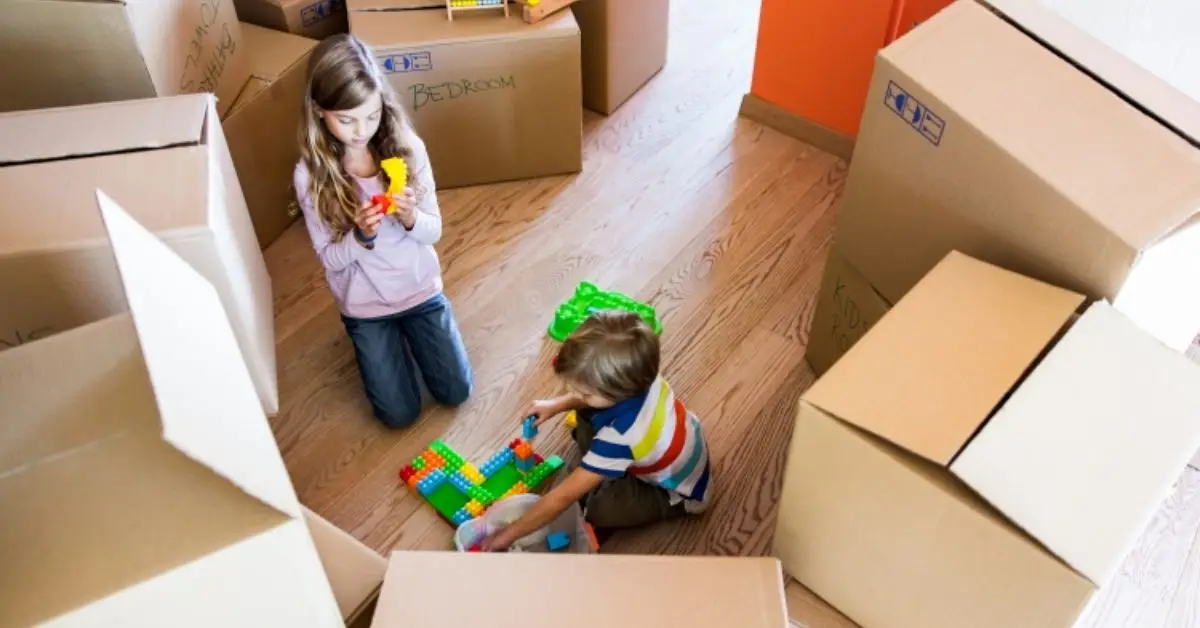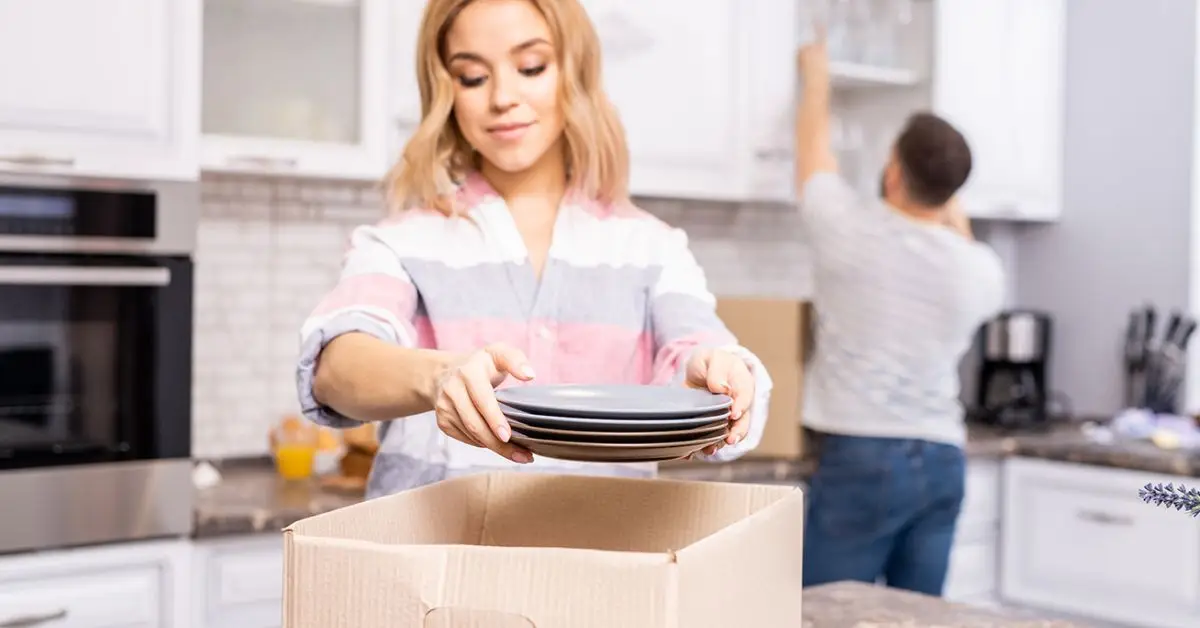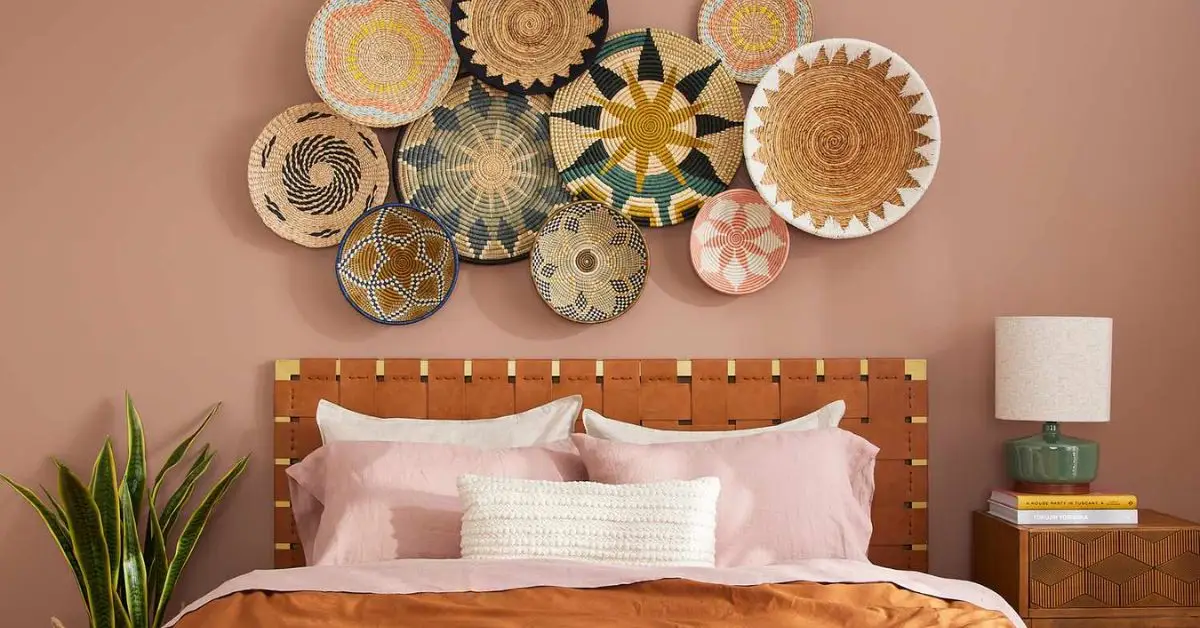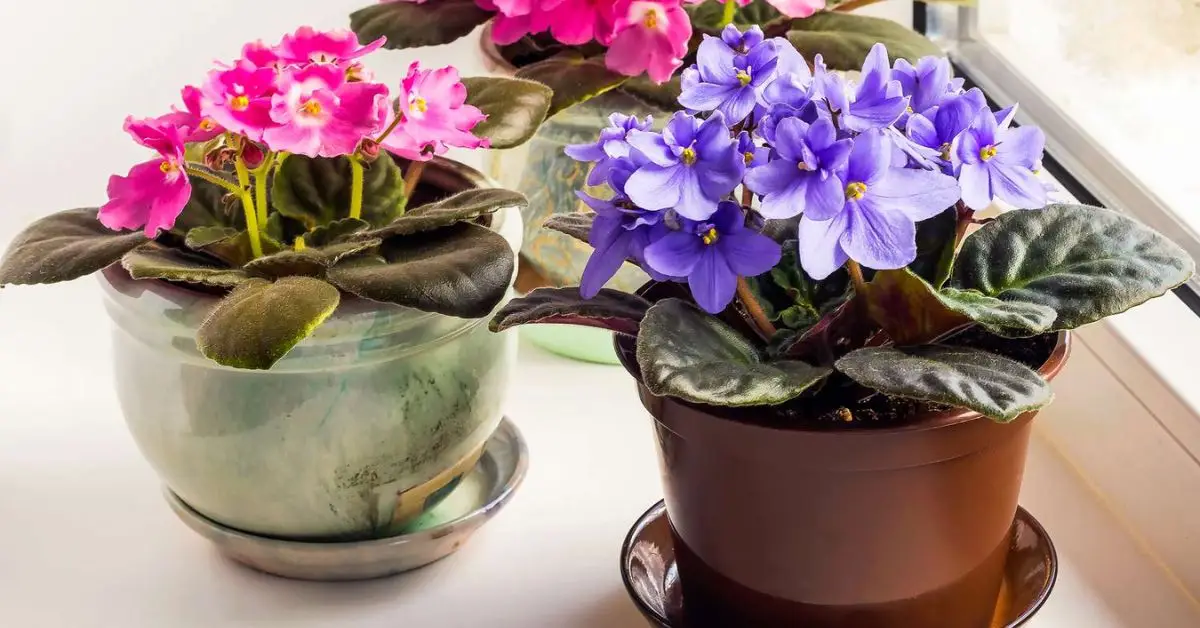Moved In But Not Settled? These 9 Simple Tips Will Help You Feel at Home Fast
Moving into a new home is exciting—but let’s be honest, it’s also overwhelming. The boxes, the mess, the unfamiliar space—it can leave you feeling more unsettled than inspired. I’ve been through this more times than I can count, and every single time, the first few days make or break how quickly you settle in.
You don’t need a perfect home right away. What you need is a few smart moves that help you feel grounded, in control, and like this space actually belongs to you. That’s where good organization comes in—not just where you put your stuff, but how you create comfort, rhythm, and ease from the start.
If you’ve just moved and are wondering where do I even begin?—these nine tips are the real-life answers. Practical, quick to implement, and focused on helping you feel at home instantly.
Let’s start with the very first thing you should do after the movers leave.
1. Unpack Essentials First
There’s a moment after the move when everything feels chaotic—boxes stacked high, furniture half-assembled, and you can’t remember which bag has your toothbrush. That’s exactly why your very first priority should be unpacking your essentials.

I always set aside one or two boxes labeled open first. These include things like toiletries, clean sheets, basic cookware, medications, chargers, and a couple of outfits. It’s not about organizing everything at once—it’s about giving yourself the ability to live and breathe in the new space without feeling like you’re camping indoors.
This small step creates a mental shift. You go from “I just moved” to “I’m starting to settle.” You can cook a simple meal, take a proper shower, and sleep in your own bed—all things that help your brain and body relax.
Your first night in a new home doesn’t have to feel like survival mode. Give yourself a win early—it makes the rest feel manageable.
Try this: What’s one item you always pack last but unpack first? For me, it’s my kettle and coffee mug.
2. Set Up a Functional Entry Zone
One of the easiest ways to feel grounded in a new home is by creating a reliable entry point—what I call the “drop zone.” It’s the spot where your keys, bag, shoes, and mail go the moment you walk in. Without it, clutter starts building up in random corners, and your space never quite feels under control.
You don’t need anything fancy. A simple bench, a tray for keys, a few wall hooks, maybe a small basket for unopened mail—just enough to give your stuff a consistent landing spot. The goal here is routine. When you come home and everything has a place, even a temporary one, your stress level drops.
According to The Spruce, even pro organizers swear by having a designated zone to manage daily clutter. It’s one of those small systems that makes a huge difference.
I’ve moved into places where I ignored this step and regretted it for weeks. But when I set it up right away, it instantly created structure—even when the rest of the house was still chaos. If this is your first place, here are 7 questions every first-time homebuyer should ask before signing on the dotted line next time.
Quick tip: Walk in and ask, “Where does my stuff naturally land?” Then build the entry zone around that.
3. Unpack the Kitchen Early
I know it’s tempting to leave the kitchen for later—it’s full of random boxes and awkward appliances—but trust me, getting your kitchen up and running quickly is a game changer. Once you can make a meal, pour a glass of water without digging through boxes, or start your morning with a familiar routine, everything else starts to feel manageable.

You don’t have to make it perfect. Just focus on the basics: mugs, plates, cutlery, your go-to pan, pantry staples, coffee maker, and trash bags. Organize just enough so it works for now—you can fine-tune it later.
This isn’t just about convenience. The kitchen is usually where your day begins and ends. Getting it in shape gives your new home a heartbeat. It’s also one of the first places guests see, so it sets the tone.
According to Mayflower’s moving blog, having a functional kitchen early helps establish emotional comfort in a new space. I couldn’t agree more—it’s often the first place I feel like myself again after a move.
Not sure where to begin? Start with one countertop and work outward. Don’t overthink it—just get it working.
4. Make the Bed and Hang One Thing on the Wall
This might sound too simple to matter—but making your bed and hanging even one familiar piece of art or decor can shift your entire mindset about your new home. It’s not about interior design; it’s about claiming the space.

There’s something powerful about walking into your bedroom and seeing a made bed. It signals order. It gives you a soft place to land. And when you hang up something that came from your previous home—whether it’s a framed photo, a mirror, or a piece of art—you’re not just decorating. You’re saying, “I live here now.”
These are what I call emotional anchors. They don’t just fill a room—they help you reconnect with your routine and identity. The visual familiarity tells your brain this place is safe, familiar, and yours.
A lot of moving checklists skip this step, but honestly, it’s one of the fastest ways to feel like you’re not just staying somewhere—you belong there.
Try this: Pick one wall and one soft surface to “finish” on your first or second day. That’s enough to make the space feel lived-in without getting overwhelmed.
5. Bring in Familiar Scents and Sounds
Smell is a direct line to memory. So is sound. That’s why one of the best ways to make your new home feel like your home is to surround yourself with the familiar—light the same candle you always burn, diffuse the same lavender oil, or play that one playlist you always have going in the background.
These sensory cues calm your nervous system. They also build emotional continuity between your old space and your new one. I’ve walked into empty homes with nothing unpacked—but the second I smelled my usual vanilla candle and heard my weekend playlist, I relaxed. It didn’t feel like a stranger’s house anymore.
According to home transition experts cited by Everyday Reading, familiar scents can make a new space feel safe and comforting almost instantly.
It doesn’t take much. One candle. One speaker. One scent that reminds you of dinner at home. These tiny rituals do more for your sense of belonging than any box label ever will.
Your move: What scent reminds you most of home? Light it up the first night, even before everything’s unpacked.
6. Add a Live Plant or Fresh Flowers
It might seem like a small thing, but bringing in something alive—like a potted plant or even a simple bunch of fresh flowers—can instantly soften the harshness of a half-unpacked house. Plants add texture, color, and most importantly, warmth. They breathe life into a space that can otherwise feel cold and in transition.

You don’t need to turn your home into a greenhouse. Even a low-maintenance pothos on a windowsill or a small bouquet on the dining table can make a difference. The goal isn’t décor—it’s presence. Plants have a calming effect and remind us that this space isn’t just for storing things. It’s for living.
I’ve made it a habit: within 48 hours of moving in, I go out and pick up something green. It makes me pause, water it, and—without realizing it—start treating the house like a home.
Try this: Grab one plant you’ve had before (or always wanted) and place it near natural light. It’ll make the space feel less temporary—and more yours.
7. Start a Quick Daily Declutter Habit
You don’t have to organize everything on day one—but if you let small messes pile up in a new home, it quickly becomes stressful. That’s why I always recommend building in a “10-minute reset” habit right from the start. It’s easier to stay ahead of clutter than to chase it later.
After each evening or before bed, do a quick pass: put things back in place, clear counters, toss junk mail. Don’t aim for perfection—just reset the surfaces. I also like keeping a “pending basket” near the entry zone for things I haven’t figured out where to put yet. That way, they don’t live on the kitchen counter for weeks.
Professional organizers swear by this. In fact, Real Simple highlights how even five minutes a day of intentional tidying reduces visual chaos and mental fatigue.
The key is to build this habit early—before the boxes turn into background noise and clutter becomes invisible.
Try this: Set a timer for 10 minutes at the same time each night. You’ll be shocked how much better the house feels with just that tiny reset.
8. Use Simple, Flexible Storage Solutions
When you’re still figuring out where everything goes, the worst mistake is trying to over-organize too soon. Instead, focus on simple, flexible storage options that make sense right now—even if they aren’t permanent.
I always reach for baskets, clear bins, drawer dividers, and over-the-door hooks. These things don’t require drilling, designing, or even much thought. You just put them where you need a little order—under the sink, in drawers, near the front door—and they do their job. Later, once you understand how you move through the space, you can upgrade or rearrange.
Experts at Neat Method suggest starting with “containment over perfection.” It keeps things clean without adding pressure to get it all “right” too soon. Plus, visual clutter is real—baskets are your best friend when you don’t want to look at loose cables, toys, or random kitchen gadgets.
I’ve learned not to wait for the perfect solution. Just get things off the floor and into a container. That one move makes your space feel 10 times more manageable. If you’re organizing on a tight budget, try these 10 genius home fixes that cost absolutely nothing—they’re practical, free, and perfect right after a move.
Try this: Choose one clutter-heavy area and bring in a bin or tray today. It’s not forever—it’s just a placeholder for peace.
9. Do a ‘Tourist Walk’ to Spot What’s Off
Here’s a trick I use in every new space: after a few days of living there, I walk through the house like a visitor. I literally step outside, come back in, and look around like I’m seeing it for the first time. What’s cluttered? What feels awkward? What’s missing?
This “tourist eye” method helps you catch things you’ve gone blind to. Maybe the shoes by the door are piling up. Maybe that one lamp looks totally off in the new layout. Or maybe you’ve been stepping over the same unopened box for a week.
You’re not judging yourself—you’re just observing. Small adjustments, like moving a chair or hiding a tangle of cords, go a long way in making the space feel intentional and peaceful.
Try this: Do a five-minute walk-through with fresh eyes. What feels “off”? Fix one small thing today—you’ll feel instantly more at home.
10. Invite Someone Over—Even if It’s Not ‘Ready’
This one goes against the instinct to wait until everything is “perfect.” But inviting a friend or family member over early—when the place is still a bit messy—can completely shift how you relate to your new home.
Why? Because homes feel real when they’re shared. The conversation, the laughter, the smell of tea or takeout—it brings life into the space. I’ve had people over when my walls were still bare and my couch was just a floor cushion, and you know what? That night made it feel like mine. And if you’re planning to leave the house empty for a few days during or after the move, don’t forget these 10 essential things to do before leaving town to keep your new home secure.
You don’t need a full dinner party. Invite someone for coffee or a casual catch-up. Even a short visit helps you break the mental ice between “new house” and “my home.”
One Reddit user in a home transition thread said it best: “The first time I had a friend over, I finally exhaled. It felt like I lived there, not like I was camping in someone else’s space.”
Try this: Don’t wait for curtains or framed art. Text one person and say, “Wanna stop by this weekend?” You’ll be surprised how much it changes your energy.
Choose One Ritual to Ground Your Day
In the middle of unpacking chaos, starting a simple daily ritual brings stability. I’m not talking about productivity hacks—this is about comfort. It could be having coffee on the balcony, playing music while you clean, or lighting a candle each night. Just one moment that repeats, no matter how unfinished the house is.
Rituals signal rhythm. They create normalcy, even if everything else is in transition. And most importantly, they give you something to look forward to every day—something familiar inside the unfamiliar.
My go-to ritual? Morning light through the window, music on, coffee brewing. It sounds tiny—but that’s the point. It becomes the thread that ties each day to the next until the rest of the house catches up.
Try this: What’s one calming thing you already do most days? Start it on Day One—even if it’s in a half-unpacked kitchen with mismatched mugs.
Conclusion: Start Small, Settle Deep
You don’t need a perfect setup to feel at home—you just need momentum. A made bed. A working kitchen. One friend laughing on your couch. These small wins build emotional connection faster than any checklist ever could.
When you focus on comfort, routine, and the things that make you you, your new house stops feeling temporary. It starts feeling like a place you can actually breathe in. Organizing isn’t about perfection—it’s about peace. And that peace comes from small, consistent actions that remind your brain: this is home now.
So if you’re sitting in a sea of boxes wondering where to start, go back to the top. Pick one tip, do it today, and let that feeling guide the rest.
What was the one thing that made you feel at home after your last move?
I’d love to hear your story—drop it in the comments or share it on social. Your tip might be exactly what someone else needs right now.
Final Note
Every move is a reset—not just of your space, but of your energy. These tips aren’t about organizing faster. They’re about grounding deeper. Choose the ones that fit your life. Let go of the rest.
Because home isn’t something you unpack—it’s something you build, one decision at a time.
Want more real-life tips to make your space feel like home? Visit Build Like New for practical home organization ideas, moving checklists, and smart living guides.
Disclaimer: This article is based on personal experience and publicly available sources. Tips are meant for general guidance and may not apply to every household or moving situation. Always adjust based on your unique needs.


